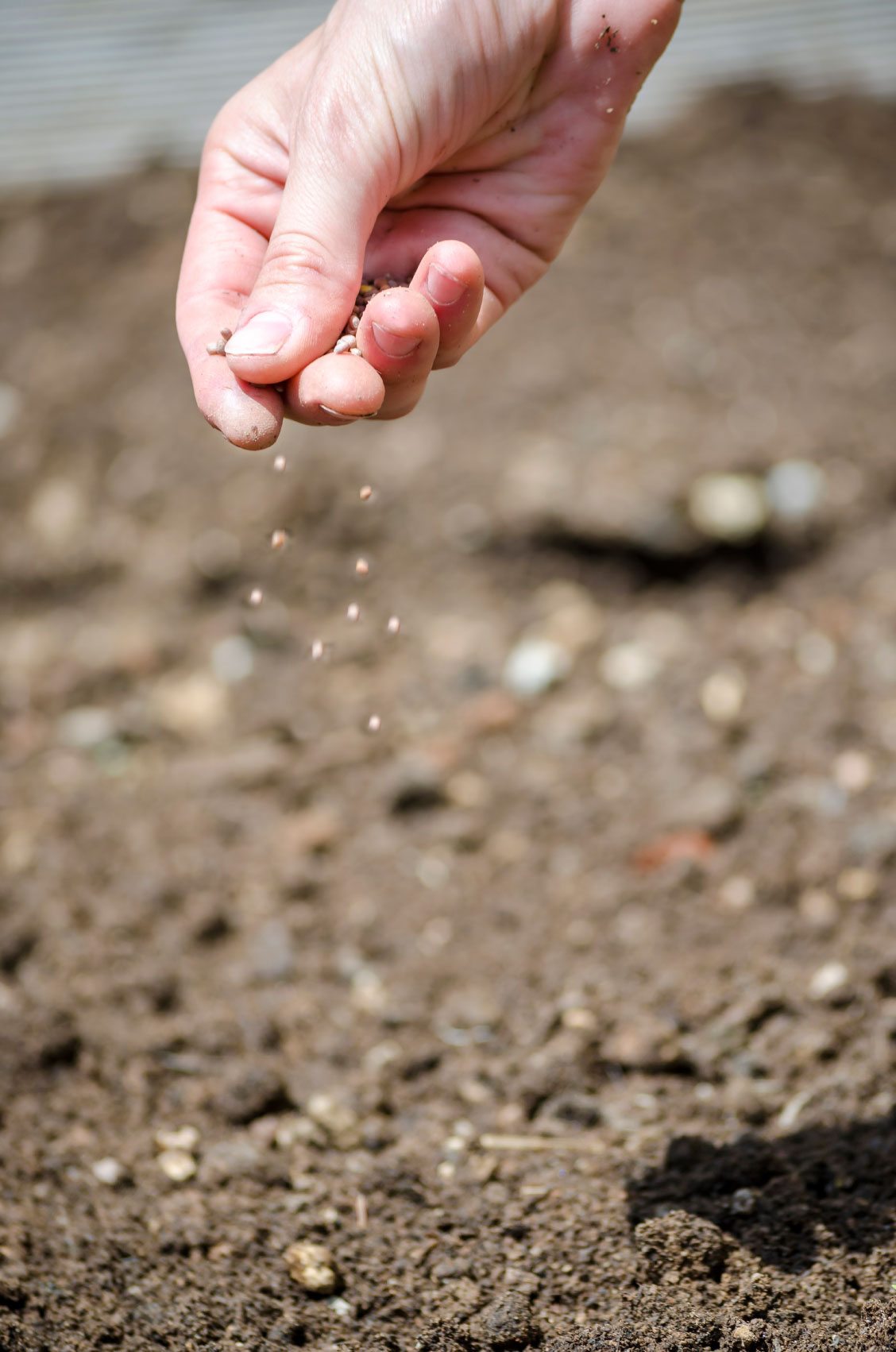What Is Side Dressing: What To Use For Side Dressing Crops And Plants

The way you fertilize your garden plants affects the way they grow, and there is a surprising number of methods for getting fertilizer to a plant's roots. Fertilizer side dressing is most often used with plants that need constant additions of certain nutrients, usually nitrogen. When you add side dressing, crops get an added boost of energy that takes them through crucial times in their growth.
What is Side Dressing?
What is side dressing? It's simply what the name implies: dressing the plant with fertilizer by adding it to the side of the stems. Gardeners usually lay a line of fertilizer along the plant row, about 4 inches (10 cm.) away from the stems, and then another row the same way on the opposite side of the plants. The best way for how to side dress garden plants is by finding out their nutritional needs. Some plants, such as corn, are heavy feeders and need frequent fertilizing throughout the growing season. Other plants, such as sweet potatoes, do better without any extra feeding during the year.
What to Use for Side Dressing Crops and Plants
To find out what to use for side dressing, look to the nutrients your plants are lacking. Most of the time the chemical they most need is nitrogen. Use ammonium nitrate or urea as a side dressing, sprinkling 1 cup (237 mL.) for every 100 feet (30 m.) of row, or every 100 square feet (9.29 sq. m.) of garden space. Compost can also be used for side dressing crops and plants. If you have large plants, such as tomatoes, that are spaced far apart, spread a ring of fertilizer around each individual plant. Sprinkle the fertilizer along both sides of the plant, then water it into the ground to start the action of the nitrogen as well as to wash any powder that may have gotten onto the leaves.
Sign up for the Gardening Know How newsletter today and receive a free copy of our e-book "How to Grow Delicious Tomatoes".